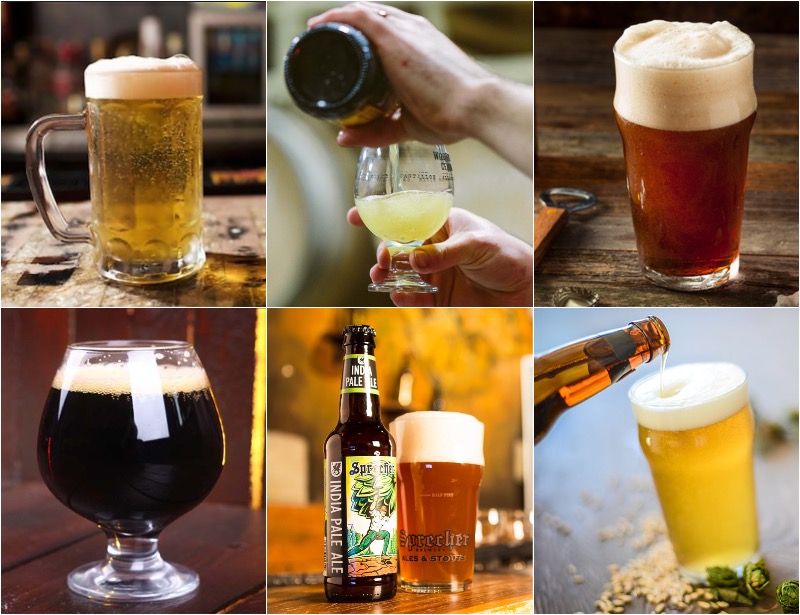
Most, if not all beers start off as either ales or lagers. It is only after undergoing a series of additional steps and fermentation do they transform into something different altogether.
Contrary to what many beer amateurs may think, there’s actually much more to know and understand about beer other than whether one is too “bitter” or “gassy”.
From the humble pale lager (Tiger Beer), crisp and refreshing pilsner to the deep, roasted stout, beer is a topic that’s almost as complex to understand as American politics, but here, we’ll discuss 10 different popular beer types to make you a pro (somewhat).
1. Ale
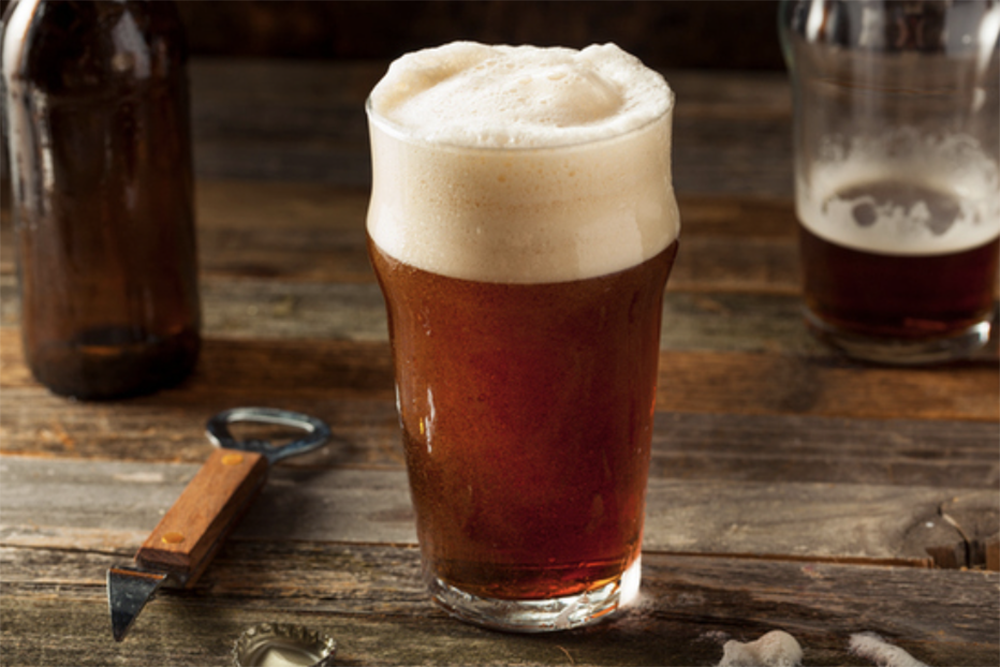
Perhaps the most commonly known type of beer, ales are brewed using malted barley and come in several different varieties. Ales are full-bodied with hints of fruit and sometimes spice.
They tend to be bitter (or in beer terms, hoppier) than most varietals but boast a complex flavour profile. Ales, like lagers, are the two main categories of beer with all other types (with the exception of fruit beer) being subcategories of the two.
Tasting Notes: Full-bodied, hoppy (that means bitter), fruity
Examples Include: London Pride Ale, Stones Arrogant Bastard Ale
2. India Pale Ale (IPA)
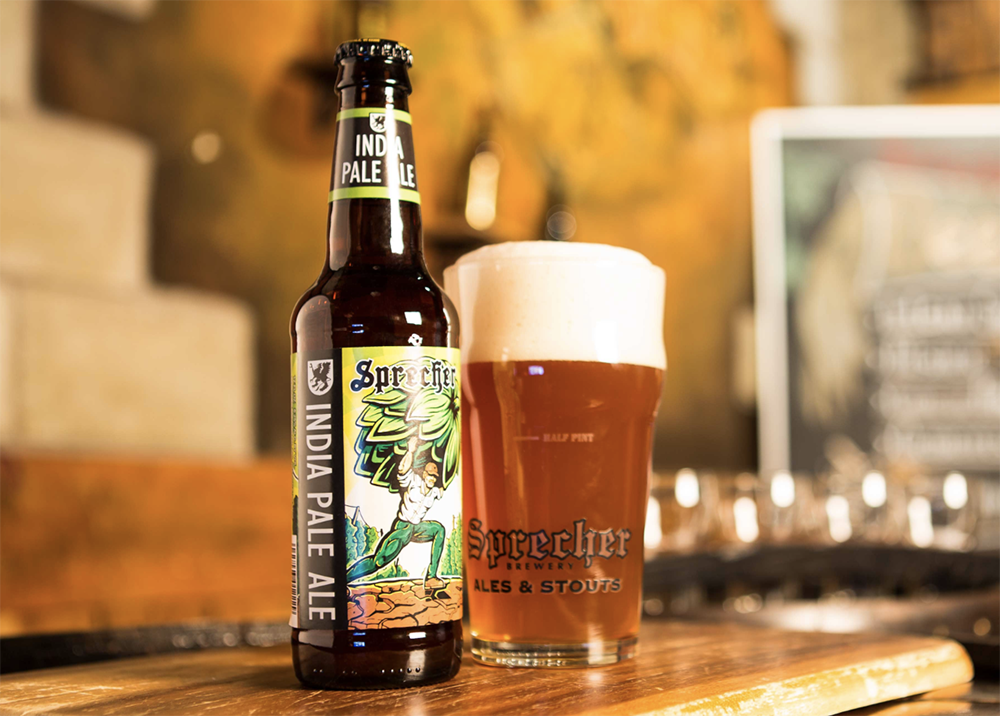
A hoppier version of the standard pale ale, IPAs were first brewed by the English using extra hops in order to survive the long journey to the British troops stationed in India during the time—hence the name.
For many it’s hard to stomach due to its aggressively hopped characteristic that makes it incredibly bitter but learn to get past it and what you’ll find is that IPAs are actually full of complex earthy, floral and fruity notes. For the extra ballsy, there’re even such things called ‘double IPAs’ which comprises double (sometimes even triple) the hops.
Tasting Notes: earthy, floral, fruity, piney, bitter
Examples Include: Stone IPA, Dog Fish Head IPA, Vale Brewing IPA
3. Lager
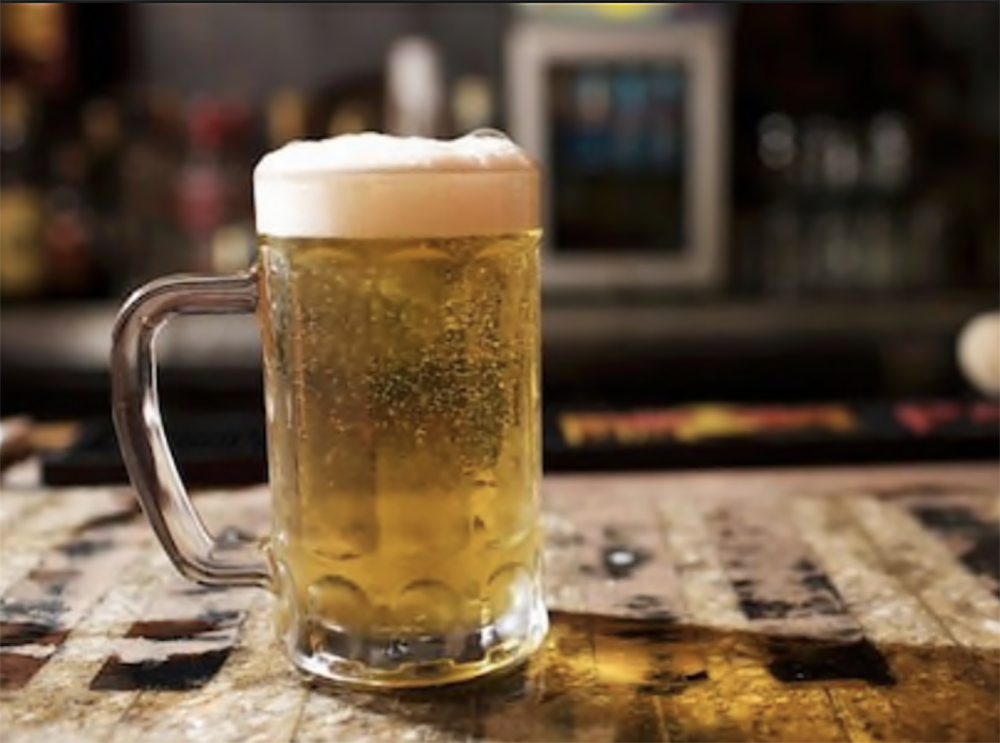
Lagers, in comparison to ales, are lighter in terms of both colour and flavour. They are noticeably more carbonated, which often gives them an effervescent quality. They’re crisp, refreshing and very approachable. Think popular names such as Asahi Superdry and Singapore’s very own, Tiger Beer.
Tasting Notes: crisp, light, refreshing
Examples Include: Tiger Beer, Heineken, Asahi Superdry
4. Lambic
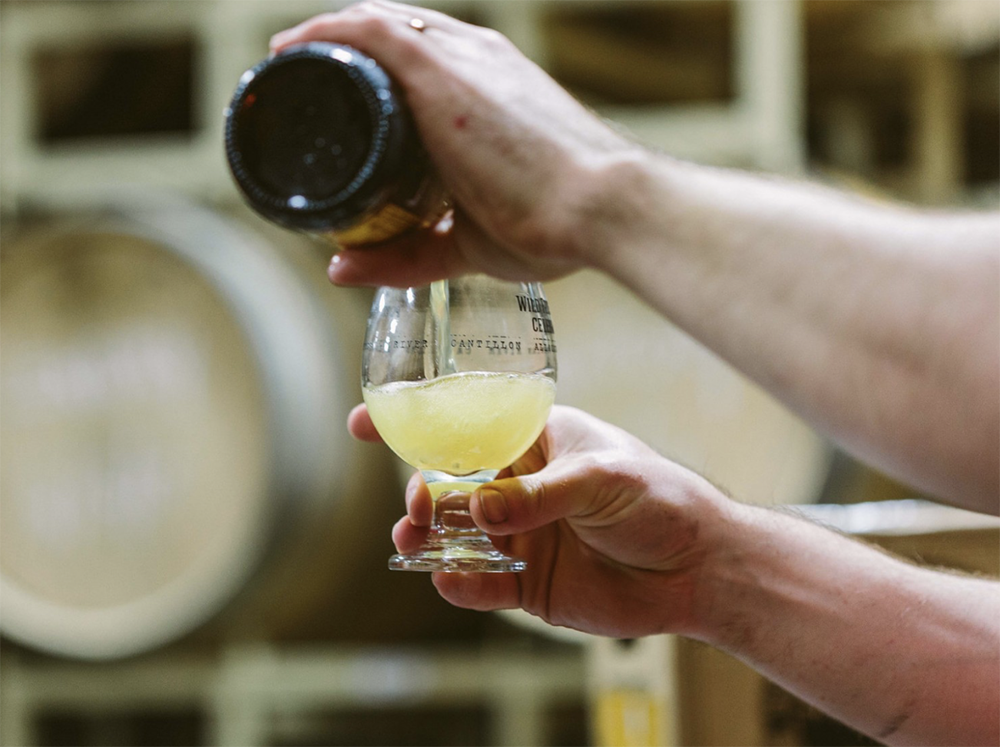
Fruity, tart, sweet, acidic and funky, Lambics are spontaneously fermented beers laced with fruit—a fruit beer of sorts. Traditionally, Lambics were produced only in Brussels, Belgium and relied on the surrounding air to ferment.
What “spontaneous fermentation” essentially means is that unlike commercially brewed beers that are made with carefully selected strains of yeast, Belgian lambics are left in open vats, allowing wild yeast and bacteria to thrive on it. Its unique fermentation method is what gives it its signature dry, cider-like taste, strong punch and sometimes wild flavour.
Tasting Notes: fruity, sour, sweet
Examples Include: Lindemans Pecheresse Lambic Fruit Beer
5. Pilsner
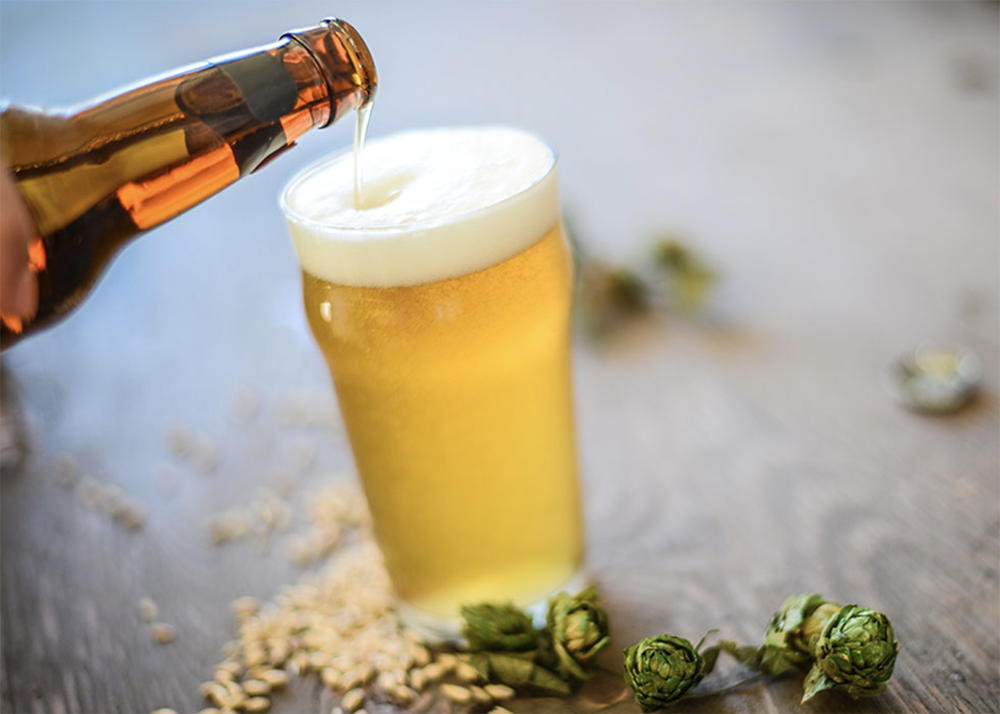
Golden-hued and easy to drink, the humble pilsner is commonly identified by its crisp body, lightness of colour and refreshing finish. It’s a great option to have on a hot summer’s day given how this category of beer is best enjoyed ice-cold.
Tasting Notes: crisp, light, refreshing, spicy, floral
Examples Include: Pilsner Urquell, Yokohama Bohemian Pilsner, Little Creatures Pilsner
6. Porter
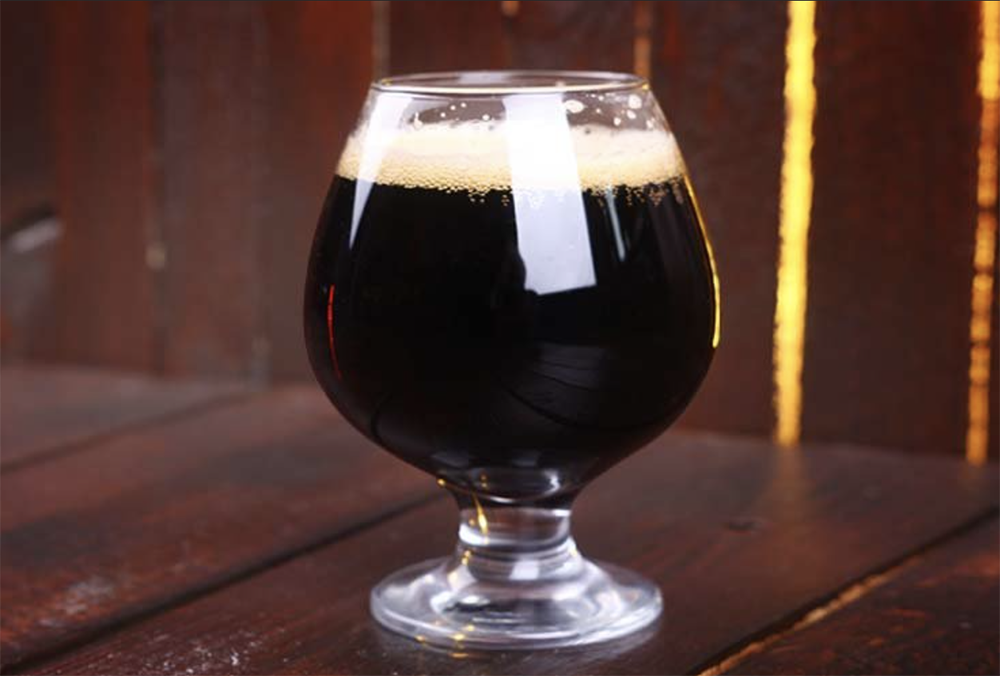
Porter is a dark style of beer developed in London from well-hopped beers made from brown malt. Similar to stout, it boasts a dark, medium-bodied finish, striking a good balance between malty sweetness and bitter hop. It’s pretty yeasty, so similar to stouts, it tends to smell (and sometimes taste) like a loaf of bread.
Tasting Notes: roasty, chocolate, coffee, liquorice.
Examples Include: Rogue Mocha Porter, North Taiwan Brewing Empower Beer Coffee Porter
7. Saison
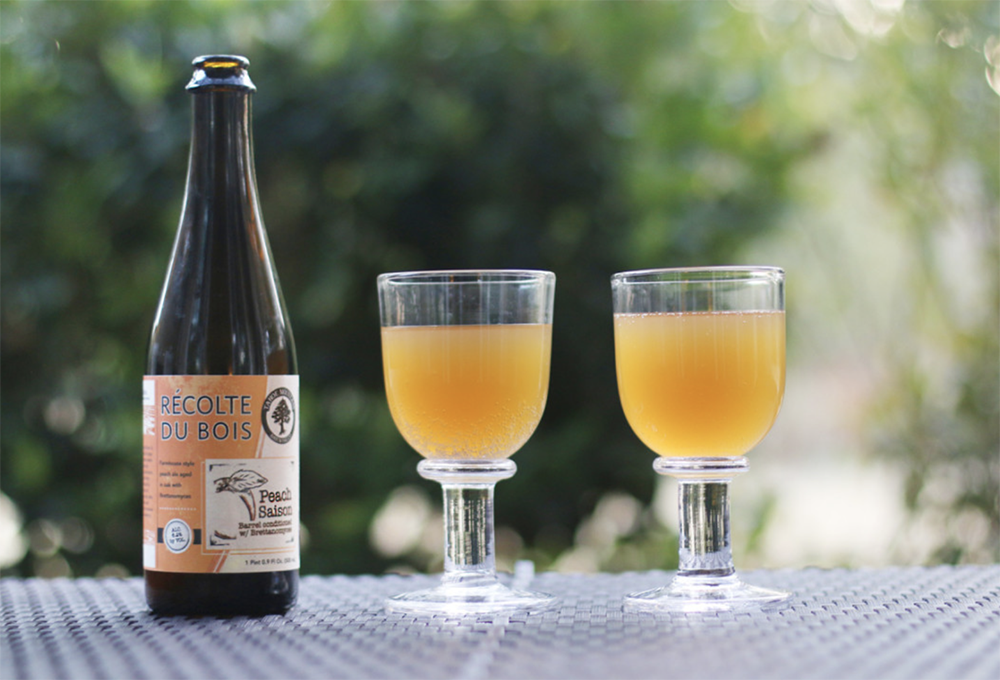
If there was ever a word to best and appropriately describe a saison, it would be “funky”. Experts describe the aroma and flavour of a saison as “barnyard funk”—which in layman terms, just means it boasts a gnarly smell.
Most of the common saisons tend to lean toward citrusy, tart and acidic while others take on a more herbaceous bouquet. Learn to look past the initial smell and saisons can prove to be quite an easy beverage to knock back.
Tasting Notes: citrusy, sour, acidic, floral
Examples Include: Saison Dupont, Songbird Saison
8. Stout
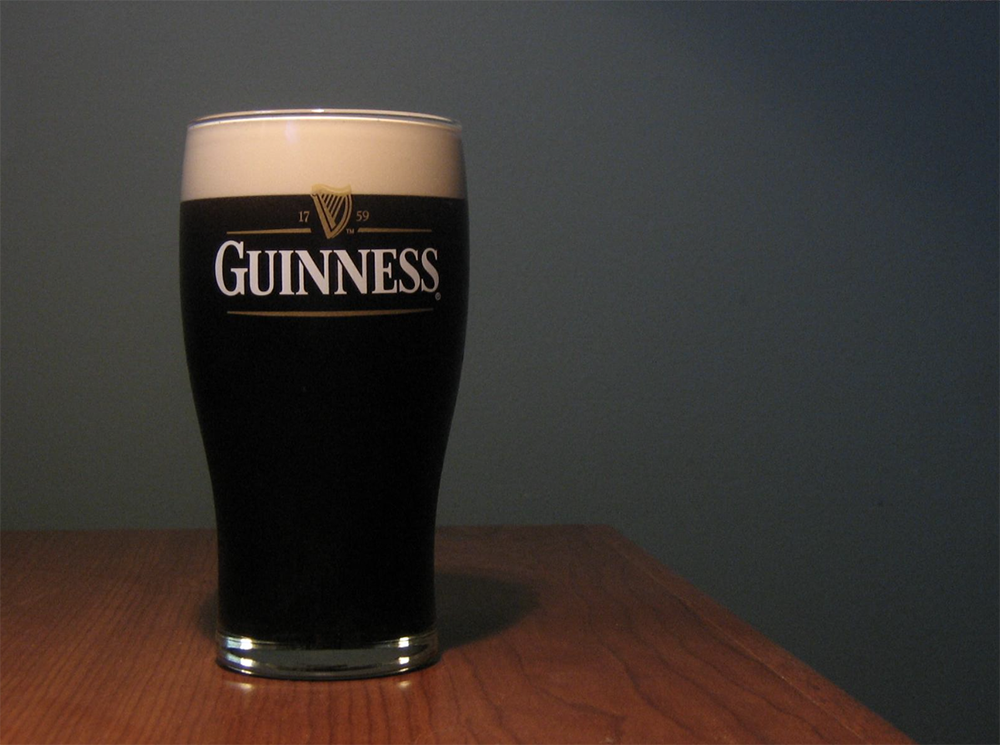
With a drink as robust as a stout, it’s either you love it or you hate it. Like the name, stouts are strong-flavoured, thick, dark and rich. Despite its daunting appearance, many stouts do not necessarily have a high alcohol percentage.
Stouts are made using dark roasted malts (germinated cereal grain) which results in its classic dark colour and a roasted malt flavour.
Tasting Notes: nutty, coffee, creamy
Examples Include: Guinness Draught, Lost Coast Eight Ball Oatmeal Stout
9. Trappist Beer
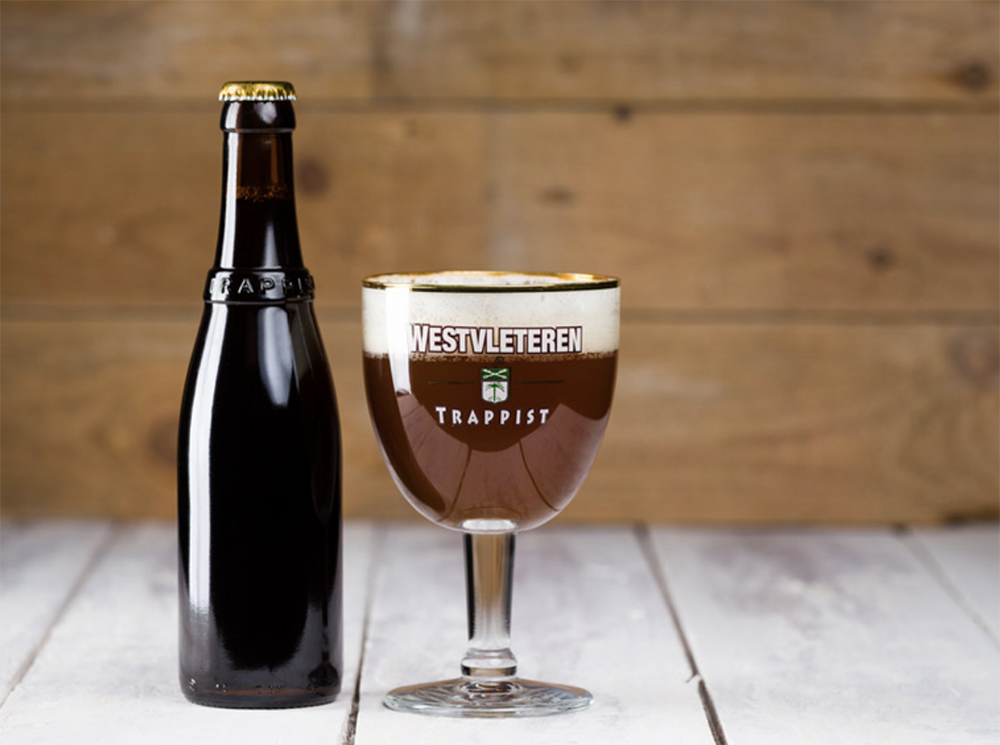
By far one of the most interesting beer varieties around, Trappist beers are special and unique in that they are brewed by Trappist monks in Trappist monasteries scattered around Europe. Trappist beers are made in very small batches due to the fact that the beer they produce can’t be brewed for profit, but only to sustain the needs of the monks, the monastery and the surrounding community.
Trappist beers are full-bodied with a strong malty profile. The flavour profiles vary from style to style with some boasting hints of dried fruit, caramel-toffee, spice and herb.
Tasting Notes: malty, fruity, spicy
Examples Include: Chimay Blue Trappist Beer
10. Wheat Beer
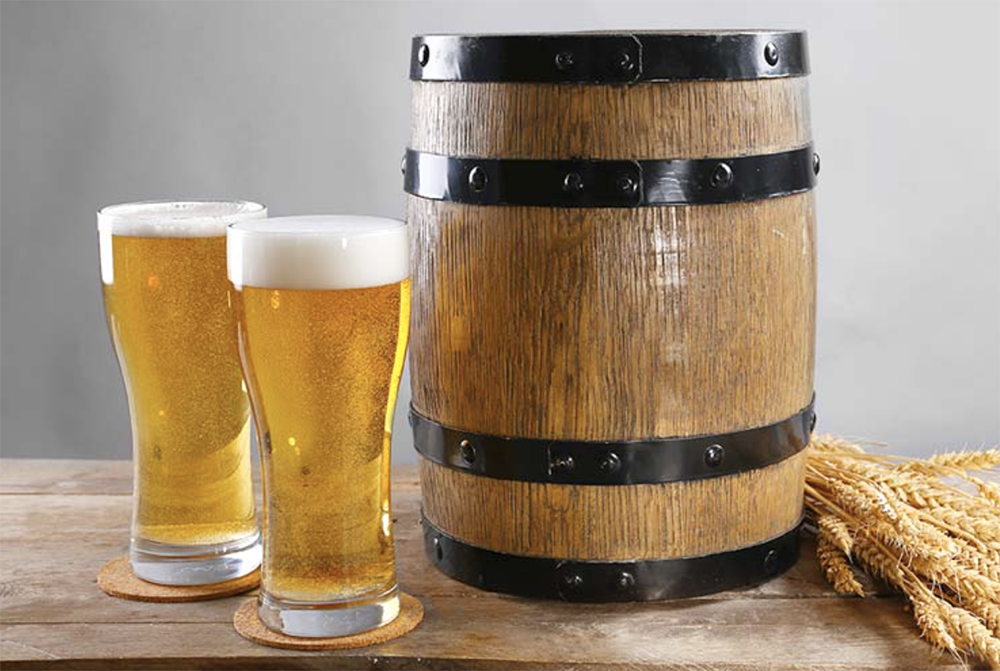
Perhaps one of the easiest forms of beer to down, wheat beer is typically sweet with very little exotic characteristics. Definitely not one of the bitter ones, wheat beers often comes with a thick, white, foamy head and drinks very easily due to its fruity aroma coupled with its sweetness.
It does, however, vary depending on where it’s made, who made it and what ingredients go into it.
Tasting Notes: light, fruity, creamy, banana
Examples Include: Hoegarden, Erdinger Weissbier


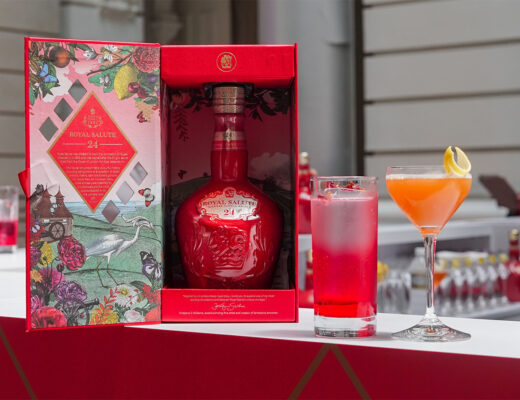
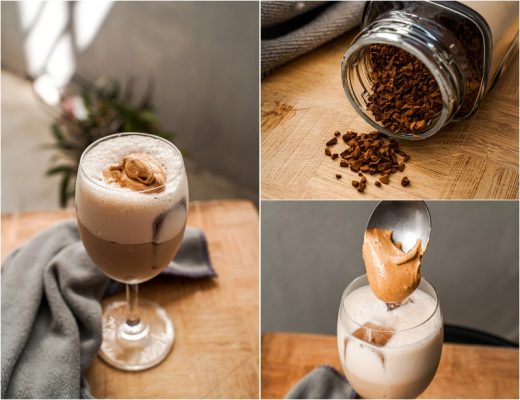
No Comments